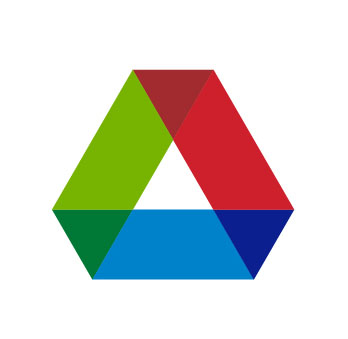This page provides addtional information about sample hazards for the mail-in program at 11-BM
Notice: Please take special care to ensure that permissible, but potentially hazardous samples (e.g. Nano, Toxic, Carcinogenic, Flammable), are securely contained and permanently sealed in the Kapton tubes to protect beamline staff handling your samples.
![]() Materials not accepted for the mail-in program at 11-BM include:
Materials not accepted for the mail-in program at 11-BM include:
- Biohazardous materials
- Human-derived (tissues or bodily) materials
- Radioactive materials
- Non-Sterilized Regulated Soils
- Explosives or other highly energetic unstable materials
Note: we are also unable to accept materials that possesses more than one of the following hazards: flammable, corrosive or oxidizing.
![]() Materials accepted for the mail-in program at 11-BM can include the following hazards:
Materials accepted for the mail-in program at 11-BM can include the following hazards:
Toxic materials
Please Specify For Handling Safety: toxicity definitions available at above link.
Carcinogen Materials
Please also use this classification for teratogenic and mutagenic materials.
Flammable, Corrosive & Oxidizing materials
Note: these materials must be segregated for storage; we can not accept materials that fall into more than one of these categories.
Nano materials
Since all 11-BM materials must be securely sealed in the supplied Kapton tubes, they are considered as encapsulated in a solid matrix.
Ask beamline staff about special sized sample mounting bases and double nesting Kapton tubes if your permissible samples are particularly hazardous or air sensitive.
"Resource Conservation And Recovery Act (RCRA)" Regulations
The Resource Conservation and Recovery Act (RCRA) is the regulatory law that governs hazardous waste management in the United States. It was written in 1976 by the U.S. Environmental Protection Agency's Office of Solid Waste. RCRA monitors a long list of elements and solid wastes that are considered environmentally hazardous. This includes any sample containing the regulated 'heavy metals'; Ag, As, Ba, Cd, Cr, Hg, Pb or Se .
"DOT Small Quantity Exception" Regulations
All registered samples shipped to the APS must qualify as for "small quantity exceptions" under U.S. Dept. of Transportation (DOT) regulations (CFR Title 49 § 173.4) . These rules govern the transportation of hazardous materials within the United States, and the "small quantity" limit for each material depends on its classification.
In general, nearly all 11-BM mail-in samples (except those explicitly forbidden above) will qualify under the DOT regulations.
Two important exceptions are: (1) pyrophoric samples (spontaneously ignite in air) (§173.124b) and (2) materials that are dangerous when wet (§173.124b). These materials cannot be accepted.

